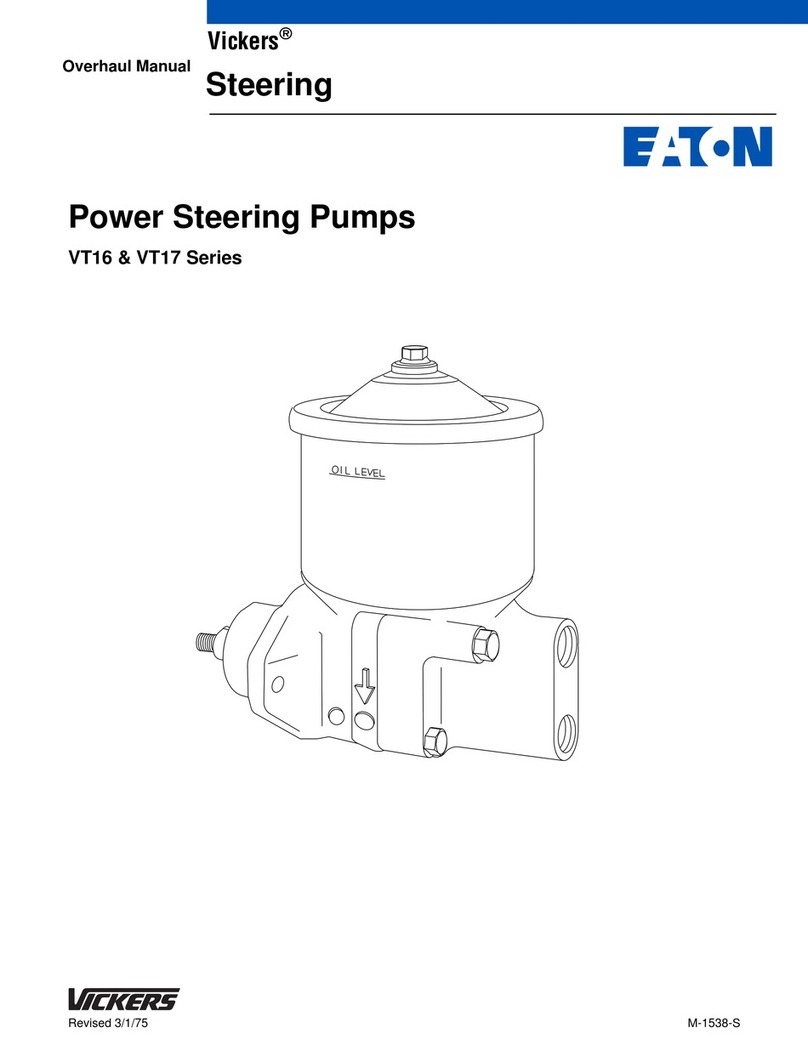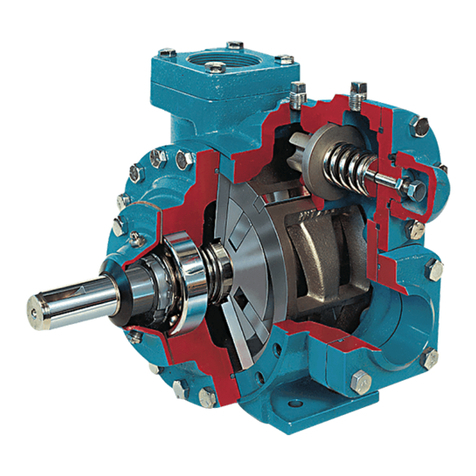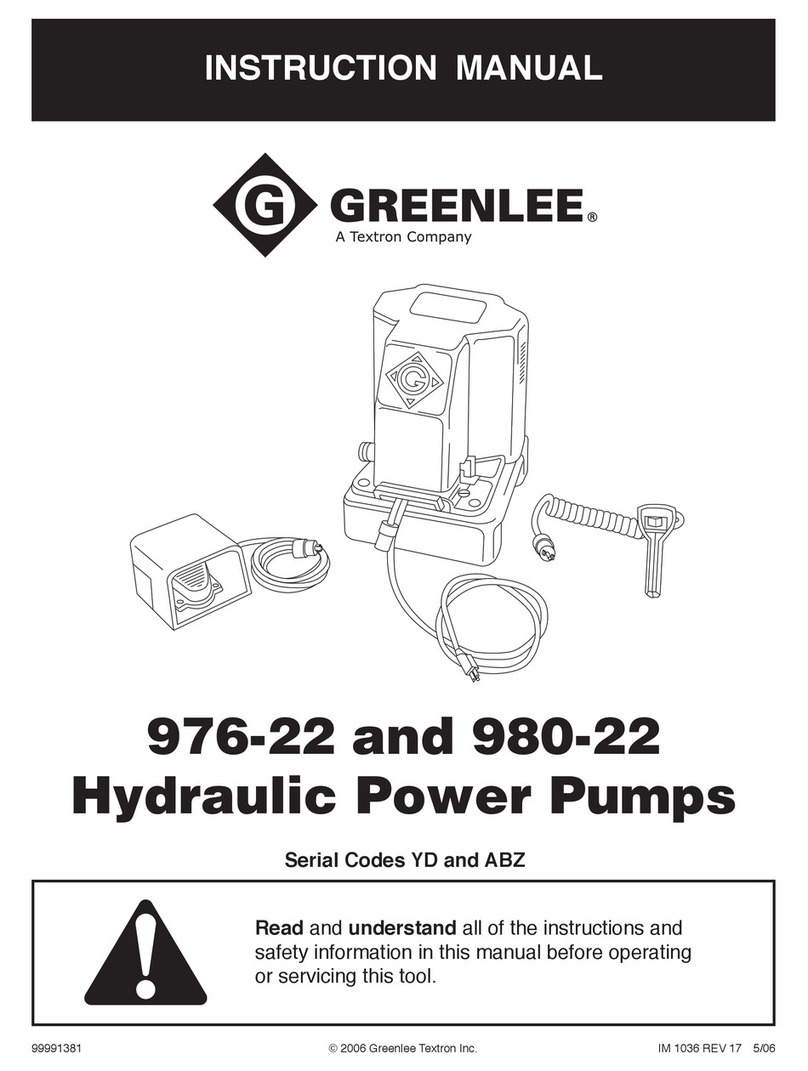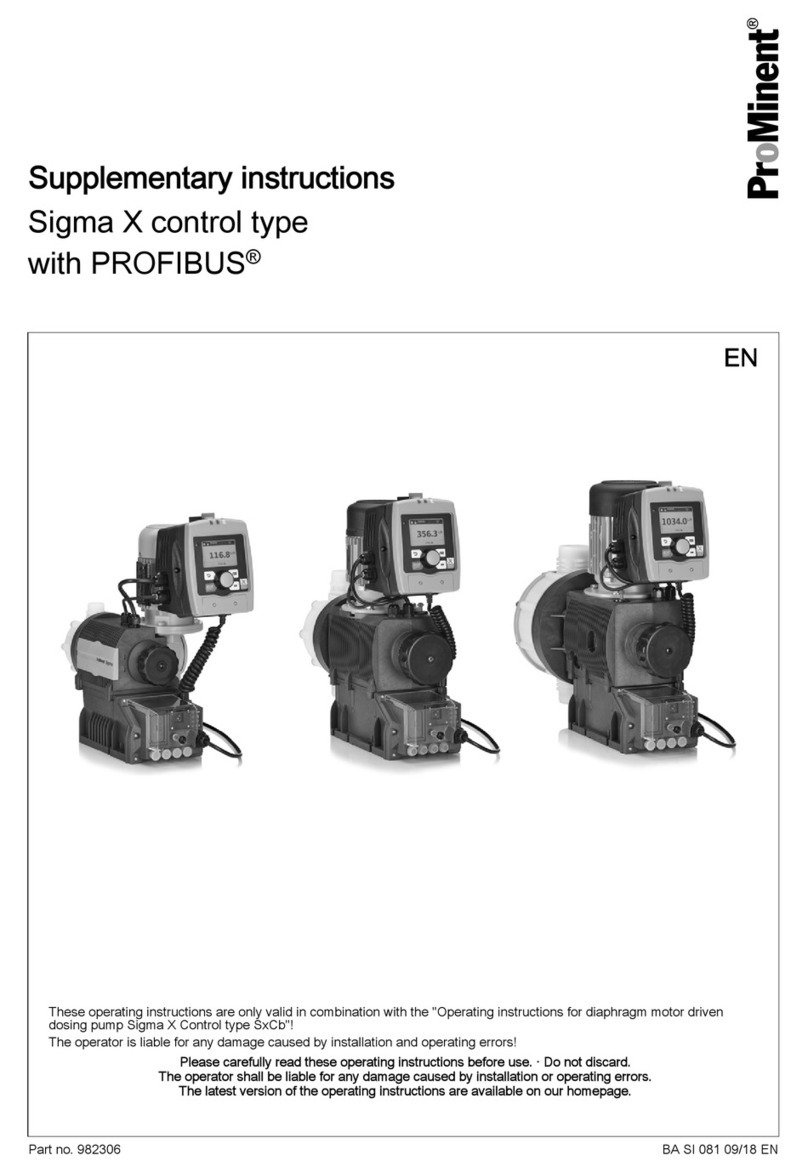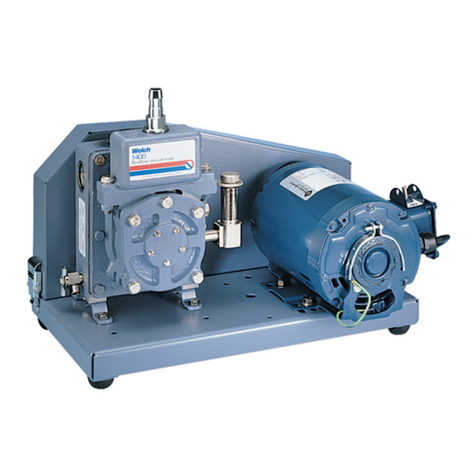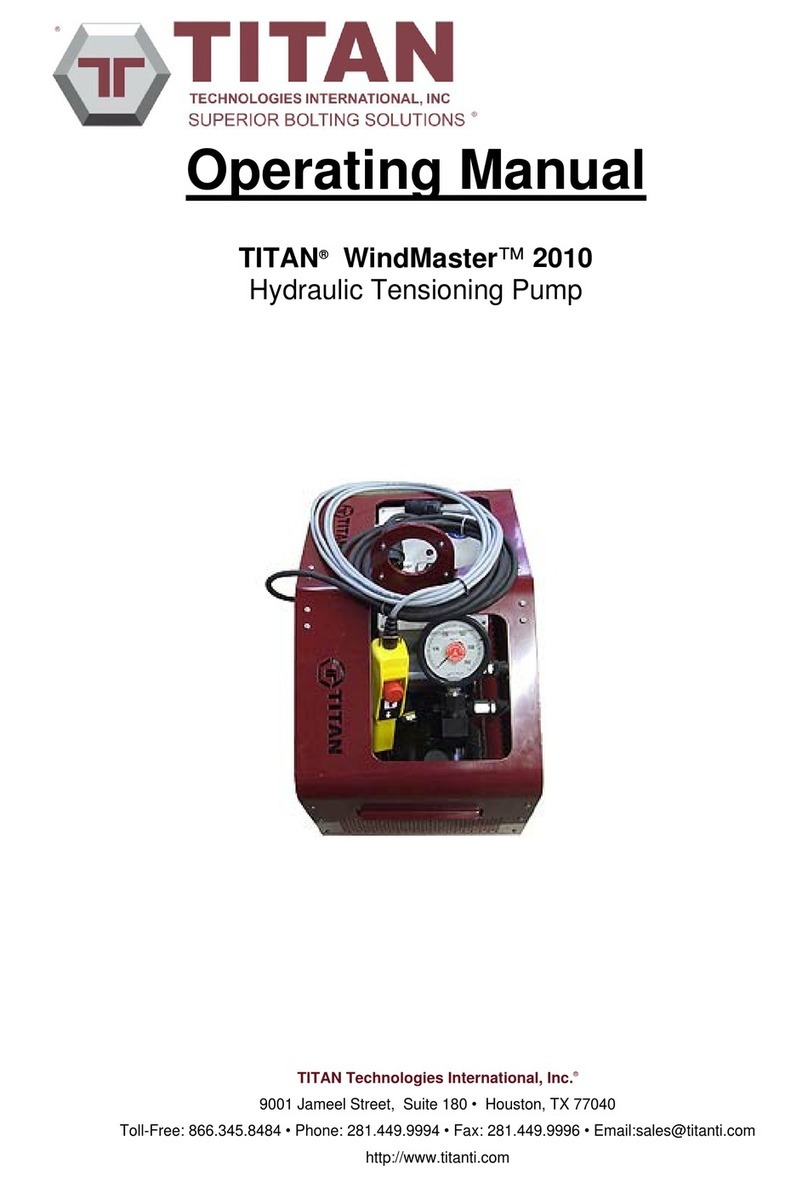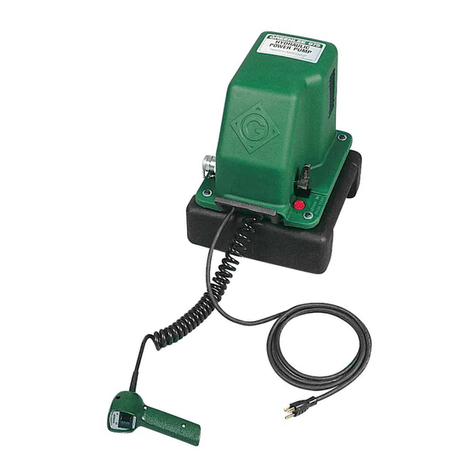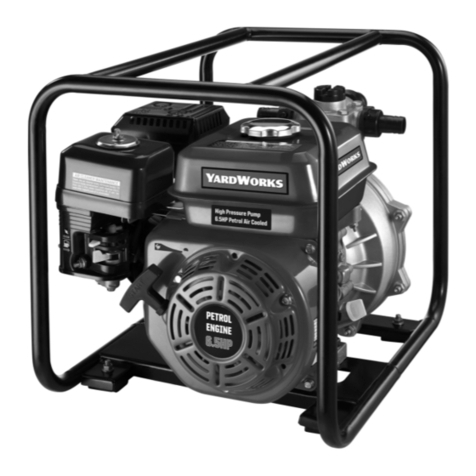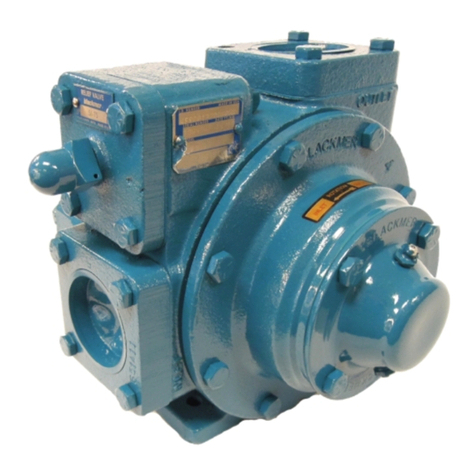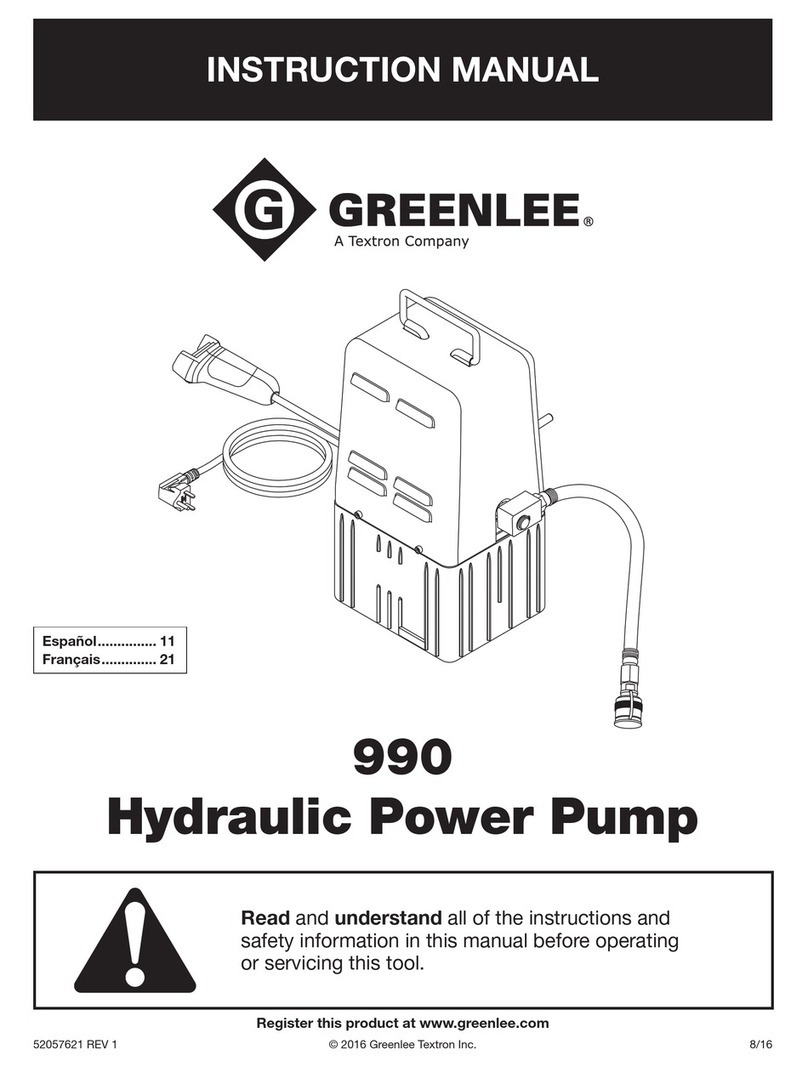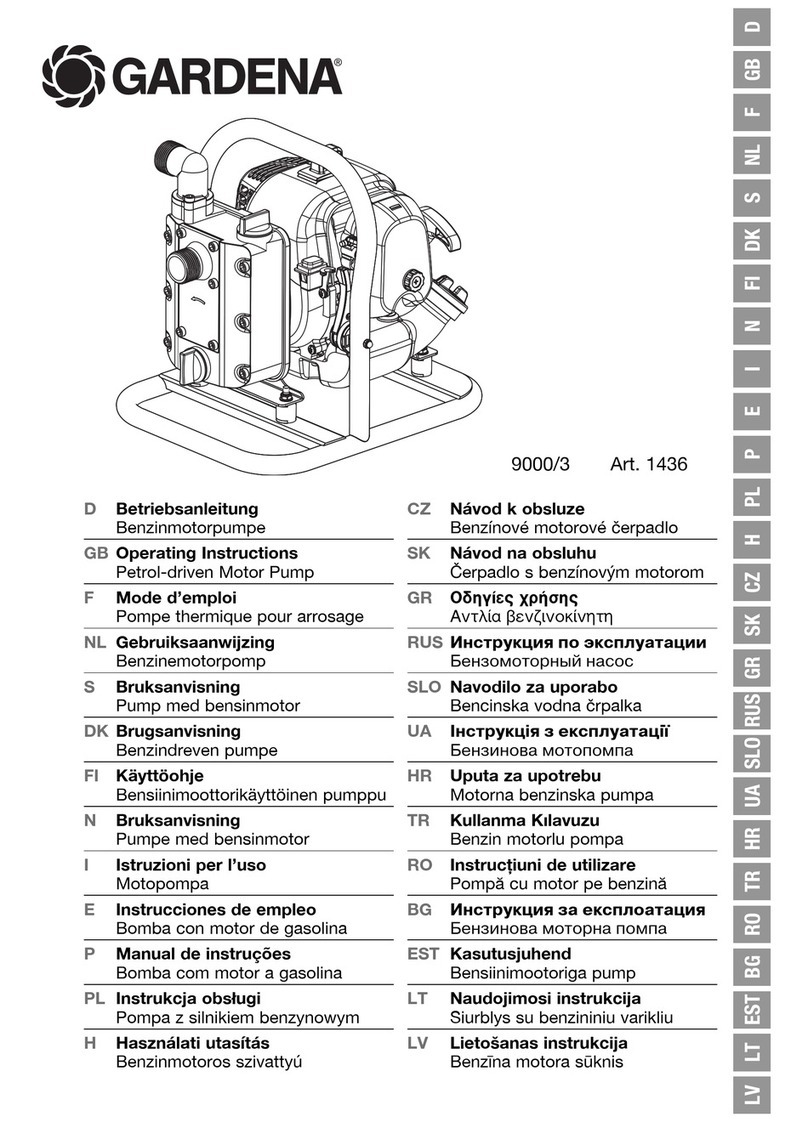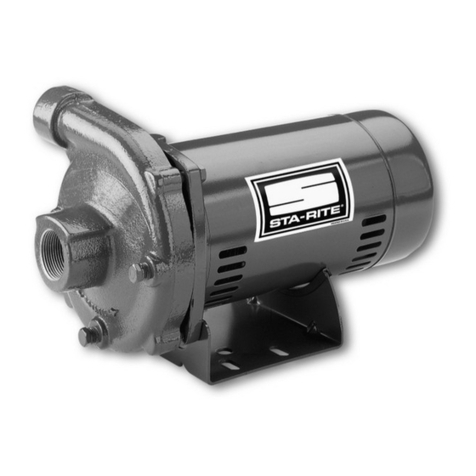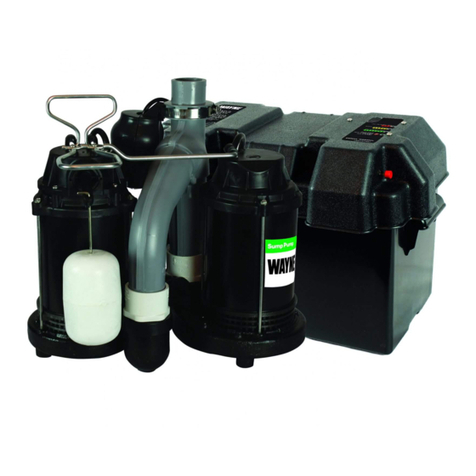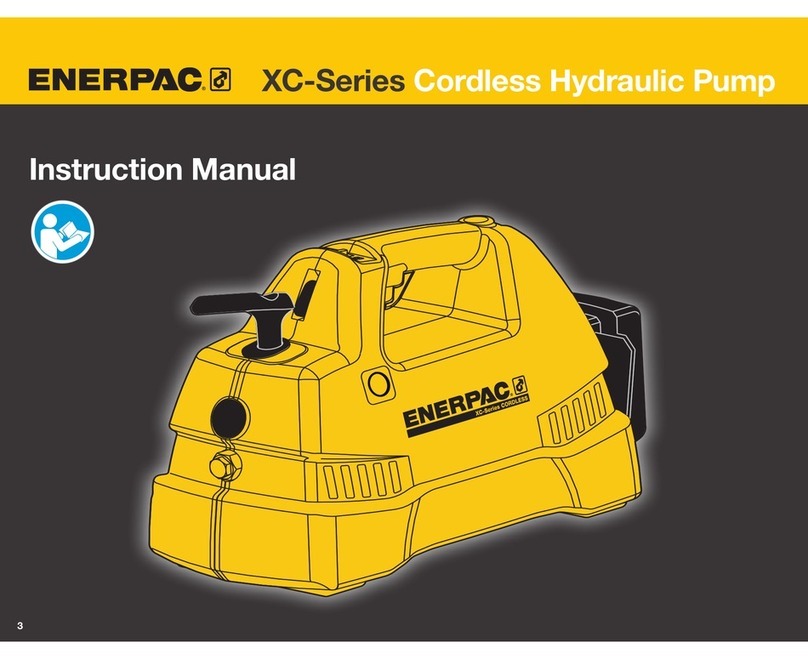
3
DANGER
Failure to follow safe and proper
pump, pump package or component
lifting or moving procedures can lead
to personal injury, death and /or
equipment damage from shifting,
falling or other unexpected or
uncontrolled equipment movements.
Make sure the hoist, lift truck, ropes, slings,
spreader bar or other lifting equipment you
are using is in good condition and has a
rated lifting capacity equal to or greater than
the weight being lifted. Lifting devices must
be checked frequently for condition and
continued conformance to rated load
capacity. They should then be tagged with
the rated capacity together with the date of
inspection.
Fully assembled pumps and pump
packages are heavy and should only be
moved using the specified lifting lugs or
attachments.
Many individual components have lifting
eyes or lugs which must not be used to
lift assemblies, as they are designed to
bear the weight of the component only.
Before lifting the individual component
check to insure the lifting attachment is
firmly secured to the component with
undamaged, properly torqued fasteners,
sound welds, or other secure attachments.
Examine the lifting eyes, lugs, slots, holes
or other projections to insure they are not
cracked, otherwise damaged or badly worn.
The repair of existing or addition of new
welded lifting eyes, lugs or other projections
should only be performed by experienced,
qualified welders.
Package units should be lifted with
spreaders connected to the lifting
attachments normally built into the package
unit support skid. Packages too large to lift
as fully assembled should be separated into
smaller loads.
For these smaller loads the lifting devices
should be fastened to the lifting attachments
normally built into the individual motor,
engine, pump or transmission / torque
converter, or their separate support skids.
When lifting sub-assembled components,
for example a suction stabilizer attached to
suction piping or a discharge pulsation
damper attached to a strainer cross and
piping, use special lifting slings designed to
safely support the combined weight of the
components.
If a crane or hoist is being used to lift large
components or assemblies, one or more
persons should assist the operator from the
ground with guide lines attached to the
equipment being moved to properly position
it and prevent uncontrolled movement.
When you start to lift a pump, package unit,
subassemblies or individual components
and you observe the equipment is tilting, or
appears unbalanced, lower the equipment
and adjust the lifting device to eliminate
these improper lifting conditions before
proceeding to move the equipment.
It is poor practice and dangerous to allow
the equipment to pass over or close to your
body or limbs. Be prepared to move quickly
out of danger if equipment starts to fall, slip
or move unexpectedly toward you.
PRESSURIZED PUMP SYSTEMS
DANGER
Fluids under high pressure can
possess sufficient energy to cause
personal injury, death and/or
equipment damage either through
direct contact with escaping fluid
streams or by contact with loose
objects the pressurized fluid propels.

